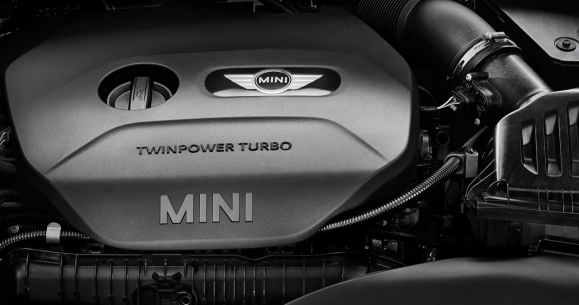A new Mini is almost here and it will bring with it a raft of improvements, including new engines and tons of other new tech.
Mini is preparing to launch its third generation Cooper and Cooper S under BMW stewardship, and for the first time they will be powered by engines developed entirely in-house by BMW. You might remember the Mk1 was powered by a Chrysler designed 1.6 liter, while the Mk2 engine was also a 1.6 codeveloped with PSA Peugeot Citroën.
A new 1.5 liter three cylinder engine will power the Cooper, and will produce 134 horsepower and 162 lb-ft of torque. Instead of relying only on forced induction for increased horsepower, the Cooper S, for the first time, will get a larger engine than the Cooper. The new turbocharged 2.0 liter four cylinder is the the largest to find its way into a production Mini to date and will produce 189 horsepower and 207 lb-ft of torque with 221 available with overboost.
Mini claims this new engine lineup will not only bring with it new levels of performance, but also raise the bar for efficiency, lower CO2 emissions and reliability. Additional variants of these engines are expected to find their way into the cheaper entry level Cooper One and the top-of-the-line John Cooper Works Cooper S.

Both engines will be mated to six-speed transmissions, and will include stop-start technology. Cars with manual gearboxes will also be available with rev matching technology, which seems to be becoming compulsory for cars with manual transmissions these days.
A single-link spring strut axle at the front and multi-link rear axle suspension setup will carry over with numerous improvements. Mini has overhauled the entire system and made it both stiffer and lighter where it needs to be with new aluminum parts. For the first time, dampers will be adjustable between sport and comfort.
The Mk3 Cooper and Cooper S will make their public debuts in November at Mini’s Oxford Factory and also a few days later at the Los Angeles Auto Show. Expect it to bear a strong resemblance to the Mini Vision Concept (pictured above) from earlier this year.









